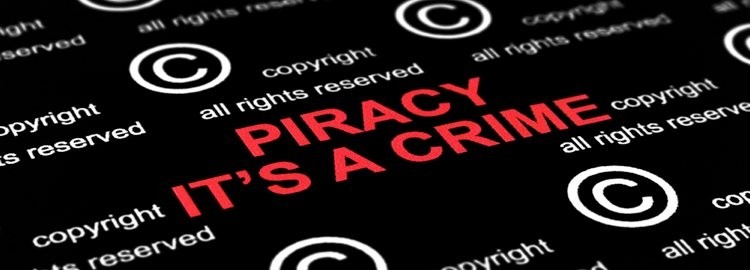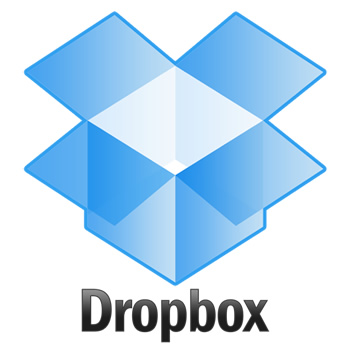
In a span of two days, I noted and observed my digital ecology. A component of an ecology is that its diversity makes it adaptive to its environment. This applies to new media since it can impact all aspects of a person’s life. New media influences the way I communicate with others. The way I behave in social media varies because there are different communities. Education is different now then it was years ago. My values and political views have changed. Also, the way I shop has become more digital than physically. New media has shaped my everyday life socially, educationally, politically, and economically.
Social media is a medium to communicate with others. I often use Tumblr, a blogging site, during my free time. It gives me an opportunity to express my thoughts, and see others’ opinions. I have made friends who have similar interests with me by following them. I use YouTube which is essentially a video site, but it does have comments which allows me to hear about the opinions of others. I recently started using Twitter which allows me to micro-blog a message in 140 characters. I usually write about small things that happened during my day. Other than social media, I use email for school, and for personal reasons. Through email, I can chat with others, but it is not as synchronous as instant messaging.
My education has changed from communicating with my peers and professors to the way I study. Communicating with professors is more convenient. I can ask questions, or send essays to my professors through email without talking in person. Recently, I had to work on group projects. I owe a lot to Google docs because collaboration is much more easier. Based on the criteria in What is Collaboration Anyway?, Google Docs is an example for collaboration because it has a coordinating mechanism of keeping track of contributions in real-time. It is easily accessible for anyone to join because it uses email. Everyone in the group can put in their own contributions so we have a view of our work overall, and we can decide who presents what. As for studying or school work, cloud technology is useful. I use One Note to write down most of my notes. I can view those notes on my mobile device or any computer. Also, I use One Drive and Dropbox which come in handy to store documents in case I need to access them. Distance is more compressed than it ever was with collaboration and cloud technology.
Virtual communities are a way for many people in different locations to assemble in an online space which comes with different norms for a particular community. For example, in our class reading about A Teenager’s View on Social Media, a teen says that Facebook is that awkward dinner party with everyone you know, or Snapchat is pressure-free since there’s no likes or comments. I do agree with what he says. Twitter is a platform where I can write about anything that happens in my day, and that is fine. However, if I wrote all of that on Facebook constantly, people might get annoyed if they saw too much on their feed. Email has become the formal way to communicate with colleagues and coworkers. These communities do affect the way I should communicate, and it brings out different sides of my personality.
The communities I’m affiliated with online affect the way I see news on a daily basis. According to The Facebook Effect on the News, a “news” feed doesn’t actually show news; it depends on who you follow. As for me, I’m into video games so news about the newest games coming out is no surprise to me. Others who are not interested in that would not usually see that on their feed. Sometimes I do see news I would typically see on television, but now a feed on social media is personalized to fit my tastes.
News about politics has become a big discussion on social media which influences the way I will vote in the upcoming election. This presidential campaign is known to be the first social media election. Politicians can write tweets or posts online in real-time. I’m more informed about who the candidates are, and what positions they support on issues. On Tumblr, many people support Bernie Sanders; he appeals to the younger audience. Seeing others blog about him, made me want to support him. Although social media can be biased based on who you follow because I see favorable posts of Sanders, and unfavorable posts of other candidates. However, an issue with social media in real-time is that information could be wrong. Misinformation can spread rapidly which can make a candidate lose potential votes. Candidates can gain votes if they have more media coverage. For example, Trump has supporters because of his presence in the media. Social media has made more involved in the political process. Other young voters who became more involved can actually make a difference in the upcoming election.
Besides politics, I’m more informed of problems going on in the world which changes my values and attitude. I feel compassion when I read about the problems of others around the world. I’m aware of the black lives matter movement. I may not be an active participator, but I can do small things such as spreading news through social media. I’ve learned to respect the cultures of other ethnicities and the LGBT community because I know better. I grew up with traditional parents. I did adopt their views a first, but now I feel free to have different opinions because I know there are others online who have the same opinion.
Likewise, I feel free to be creative in art and writing through new media. I see others produce creative art and videos which inspire me to not only be a consumer, but also a producer of content. I do like to draw and design. Now I can upload my art on social media and get feedback on it. Sometimes I write reviews on shows I watched, and I read other reviews. This is an example of a sharing economy because we all share content with each other.
The feedback and reviews I read on new media affect whether I will buy something or not. Lessig would call this a hybrid economy because this is a combination of a sharing and economic economy. When I buy clothes or video games, I am dependent on other reviews. I will only buy something if reviews are mostly positive. As for food, Yelp is useful when I want to choose which restaurant to eat at. I can view the menu, reviews, and other information about the restaurant.
Reviews are important, but the long tail influences what grabs my attention as a consumer. When I hear a song I like, I will search it up on YouTube. On the sidebar, I will click on related songs. YouTube profits off of ad revenue so they will provide recommendations on my homepage. These recommendations contain mainstream and unpopular music. I do get tired of mainstream music because I hear it all the time so I turn to unpopular songs since I don’t hear them often. The long tail helps me easily find things I would like through personalized recommendations.
My new media ecology shows how new media affects my communication, education, values, creativity, and consumption. Social media is a must-have in order to talk to someone else. Talking to professors is convenient, and collaborating with my class mates is possible with cloud technology. Distance feels more compressed because we are easily connected. There are different rules and norms in virtual communities so I follow them. News is more personalized for me. I am more involved in the political process and ongoing issues with social media. I can be a producer of content. My consumption is influenced by reviews and recommendations. From my new media ecology, I can conclude that new media has a big presence in all aspects of my life. It has made things more convenient, and I feel more interactive than passive.

![]()
![]()
![]()





 for children ages 5 – 15. As of now it has funds of over $1 million and it provides 150 – 200 rides a day (Zimmerman). Another company is Kango which started as a carpool for parents and their children in neighborhoods. However, due to customer feedback, the company changed its model by providing non-shared rides and babysitting services.
for children ages 5 – 15. As of now it has funds of over $1 million and it provides 150 – 200 rides a day (Zimmerman). Another company is Kango which started as a carpool for parents and their children in neighborhoods. However, due to customer feedback, the company changed its model by providing non-shared rides and babysitting services.





